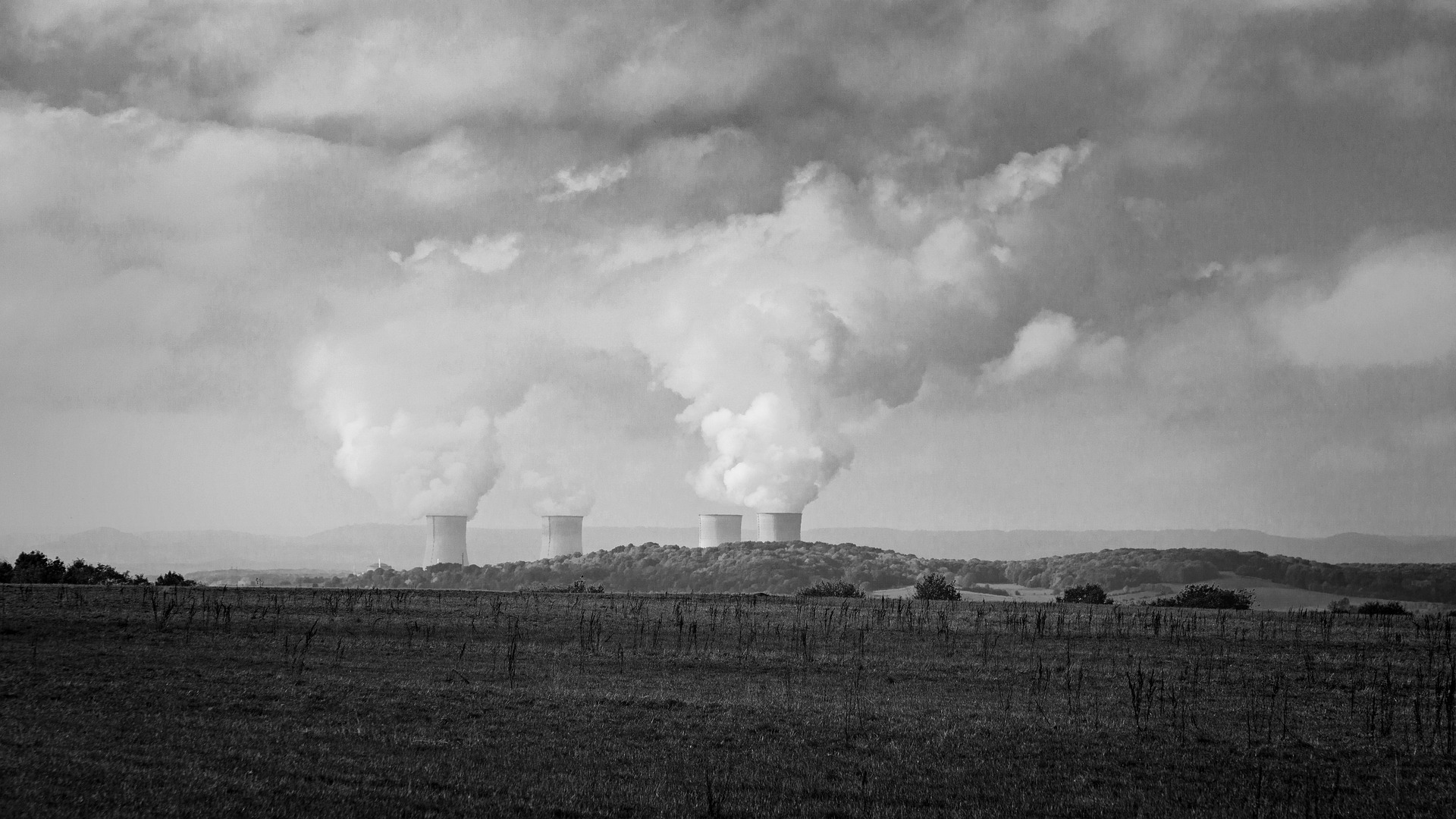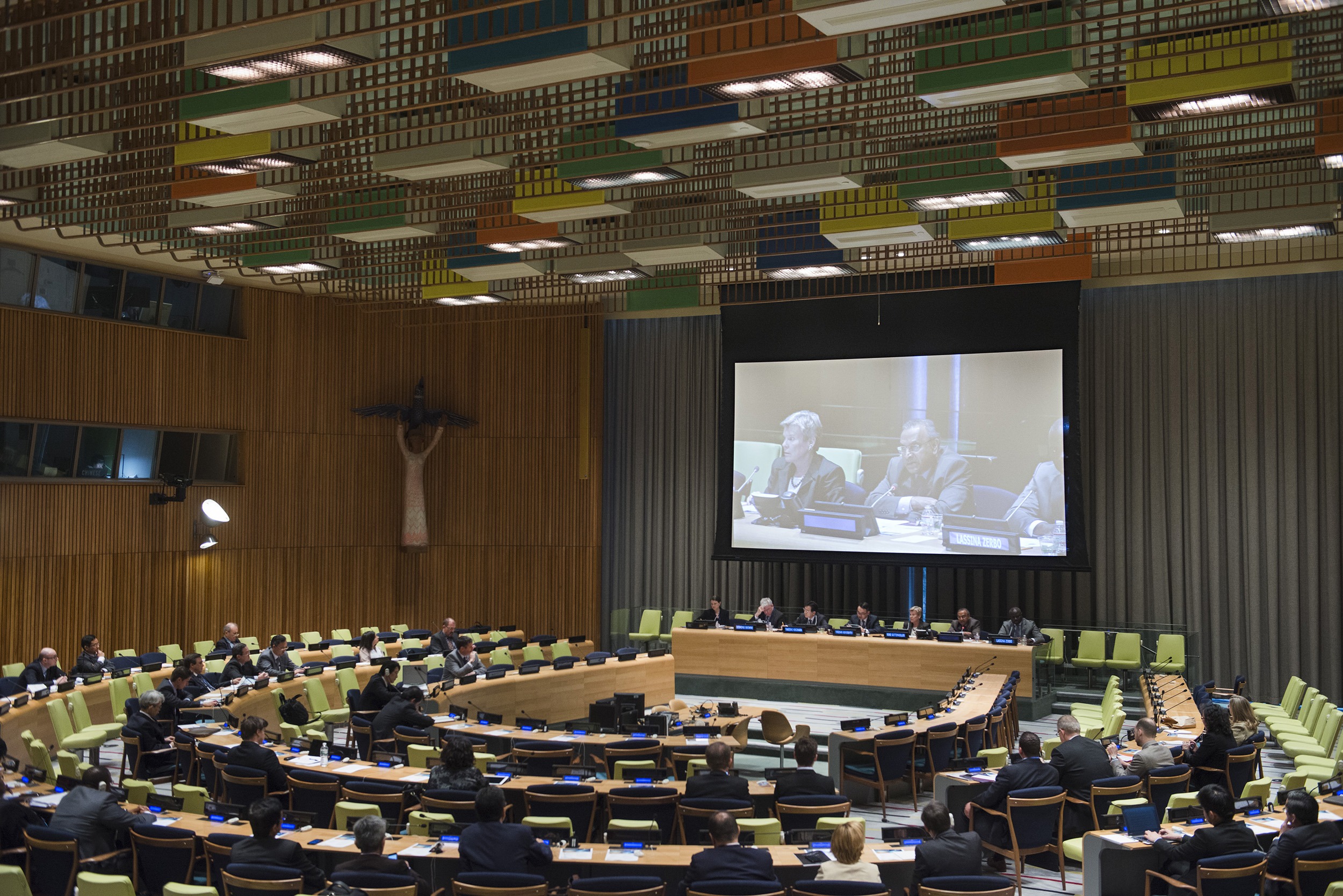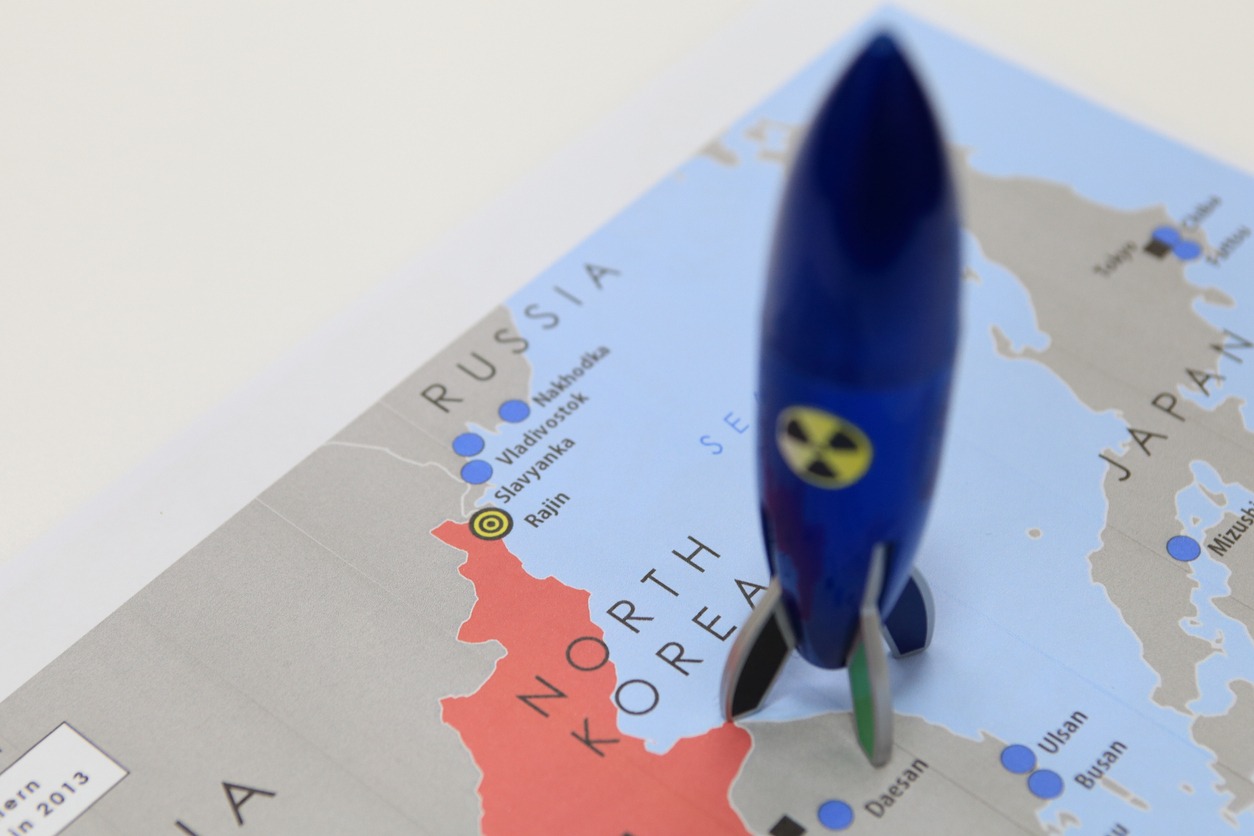2017 in Review: The Nuclear Landscape
The past 12 months were proof that the threat of nuclear weapons persist in the post Cold War world. However, when nuclear threats need not be broadcast over Red Square, but merely typed over Twitter, it seems arms control procedures have failed to keep up.
There were four big storylines that dominated the year drawing to a close: the becalmed state of nuclear arms control; the adoption of a new UN ban treaty; the start of the five-yearly review cycle for the existing Nuclear Non-Proliferation Treaty (NPT); and North Korea.
In 2017, there were around 15,000 nuclear weapons held in the arsenals of nine countries—China, France, India, Israel, North Korea, Pakistan, Russia, the UK and the US. Quite unbelievably, there were absolutely no discussions being held between any two or more of the nine on new and additional measures to regulate and reduce their stockpiles. Instead, existing agreements were being allowed to expire to the point where a respected Russian nuclear policy expert, Alexei Arbatov, wondered if nuclear arms control had reached its own end of history.
Yet, nuclear threats came into fresh prominence with continuing volatility and geopolitical tensions in Eastern Europe, the Middle East, South and East Asia. Against the twin backdrop of the receding nuclear arms control and disarmament tide, and elevated nuclear threat levels, many countries concluded that fresh-out-of-the-box efforts were needed. The normative basis for the new initiative were humanitarian principles which permit advocates to transcend national and international security arguments.
Meeting under UN auspices in New York on 7 July, 122 states adopted a nuclear weapons ban treaty that stigmatises and prohibits the bomb (including ownership, development, manufacture, testing, use and threat of use) for all countries. This is why it was opposed unanimously by all nine possessor countries, but also by all the NATO allies in Europe, which have security doctrines that include the nuclear deterrent as a core component, and the three US allies in the Pacific (Australia, Japan, South Korea) that also rely for their security on US extended nuclear deterrence. The treaty was opened for signature in the United Nations General Assembly on 20 September and by year’s end had been ratified by four countries and signed by another 49. It will come into effect 90 days after 50 states have ratified. By year’s end, if anything, the divide between proponents and opponents had hardened.
Meanwhile the Preparatory Committee (PrepCom) process for the 2020 Non-Proliferation Treaty (NPT) Review Conference began with the first meeting in Vienna on 2–12 May. The 2020 conference will mark the 50th anniversary of the NPT entering into force. Yet, in the 49 years that the NPT has been in existence, not a single nuclear warhead has been eliminated as the result of a bilateral or multilateral agreement concluded under the authority of the NPT.
The approximately 80 per cent reduction in global nuclear warhead stockpiles since the Cold War peak in the mid-1980s has resulted entirely form unilateral measures or bilateral US–Soviet/Russian agreements. This is despite the legal obligation in Article VI of the NPT for every State party (not just the nuclear powers) to negotiate effective measures towards nuclear disarmament at an early date. The stalemate on nuclear disarmament has gradually discredited the NPT as the sole disarmament framework and fed the exasperation behind the international community’s disarmament breakout via the ban treaty instead.
The international community’s minds were further concentrated during 2017 as North Korea made unexpectedly rapid gains in the number of its nuclear warheads, intercontinental missile delivery capability, and warhead miniaturisation capabilities. The tweet-prone, erratic and strategically challenged US President Donald Trump further inflamed tensions on the Korean Peninsula by exchanging a series of escalating threats and counter-threats with North Korea’s Kim Jong-un.
With Pyongyang having pulled out of the NPT in 2003 and conducted six nuclear tests between 2006 and 2017, this is a nuclear crisis made entirely and exclusively within the NPT regime—a telling proof of the treaty’s inadequacy. Having instrumentalised the NPT as a solely non-proliferation tool instead of a reciprocal disarmament obligation, the nuclear powers were trapped in their own hypocrisy in dealing effectively with the challenge from North Korea.
On 26 January, distinguished atomic scientists moved the famous Doomsday Clock to 2.5 minutes to midnight—the closest to zero hour since 1953. It is hard to see how next month they won’t move it still closer to midnight, thereby confirming that we really are in uncharted territory as far as nuclear threats and dangers are concerned. A nuclear war is now a distinct possibility, if not by design then by accident, system malfunction, cyberterrorism, faulty information or rogue launch.
In the meantime, though, in a symmetrical symbol of the infinite capacity for hope in human beings, on 6 October the 2017 Nobel Peace Prize was awarded to the International Campaign to Abolish Nuclear Weapons (ICAN). Fittingly, the prize was received on behalf of ICAN by its executive director Beatrice Fihn and Hiroshima survivor Setsuko Thurlow who has lived in Canada since 1955 and been a prominent voice of the global anti-nuclear campaign. Scandalously, ambassadors of the three Western nuclear-weapons states (Britain, France and the US) boycotted the annual ceremony in Oslo on 10 December.
Gratifyingly, the creation of ICAN was first announced in Melbourne on 23 April 2007. Disappointingly, Prime Minister Malcolm Turnbull failed to congratulate the Australian faces of ICAN, thereby adding yet further proof to the growing body evidence of flawed political judgment. He would have suffered no political damage and would have gained some goodwill by phoning ICAN, noting the difference of opinion on the timing and means to effective nuclear disarmament, but warmly congratulating ICAN for the global recognition of its noble efforts to promote nuclear peace.
It remains to be seen if the awarding of the peace prize will prove an inducement to the nuclear weapons-possessing states to implement such nuclear risk reduction measures:
- adopting ‘no first use’ policies;
- taking all weapons off high alert status where they can be launched within minutes and therefore put the world at the risk of a nuclear war launched by blips on the radar screen;
- bringing the Comprehensive Nuclear Test Ban Treaty into force;
- adopting a new fissile materials cut-off treaty;
- extending the Russia–US New Strategic Arms Reduction Treaty: and
- commencing new negotiations on additional drastic cuts to existing stockpiles.
In 2018, the second PrepCom and the UN-mandated High-Level Conference on Disarmament will provide structured opportunities for ban treaty champions and critics to find common ground in the shared objectives of nuclear non-proliferation, safety, security, testing and disarmament.
This was originally written for the Nuclear Threat Monitor.



